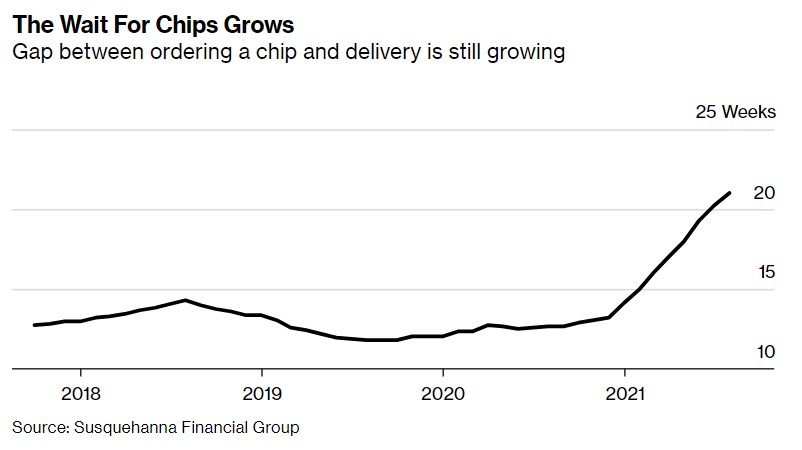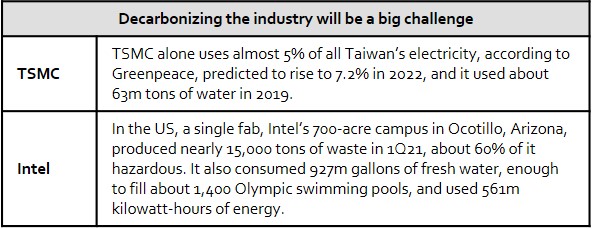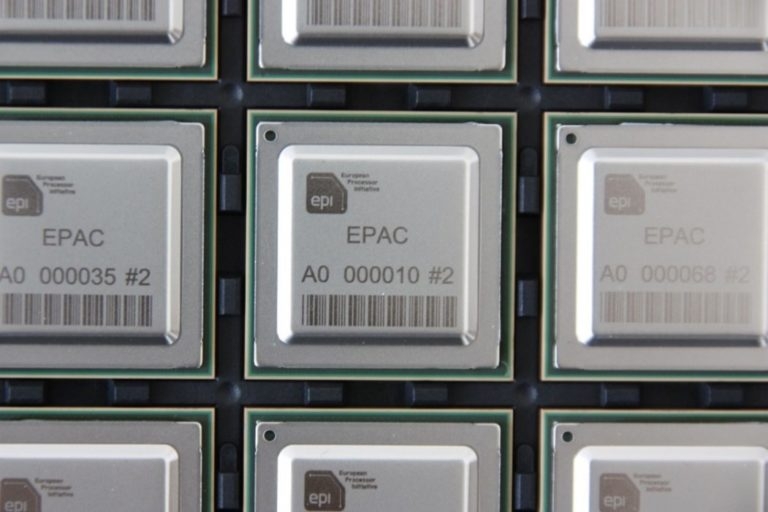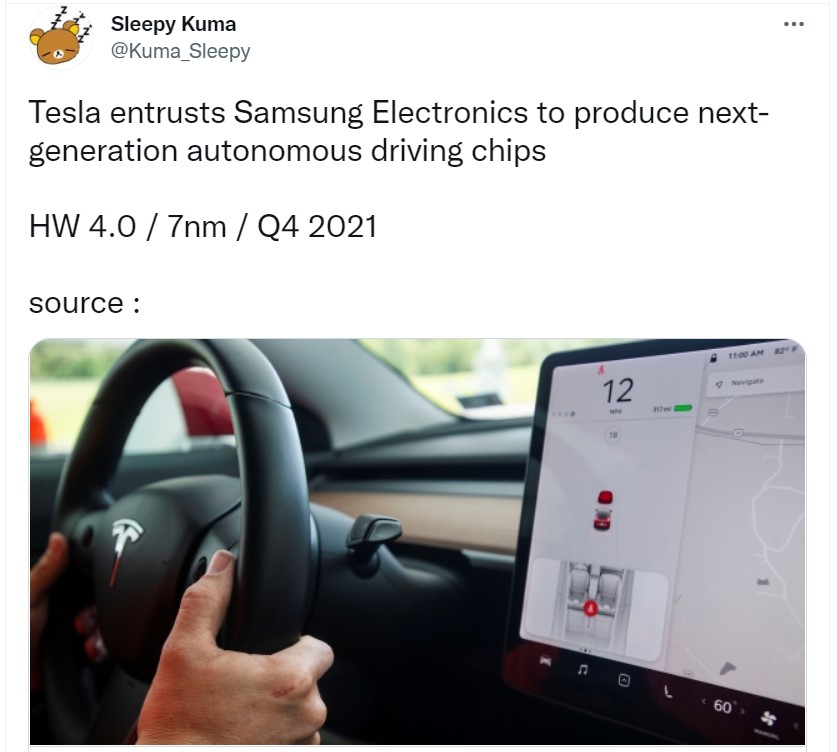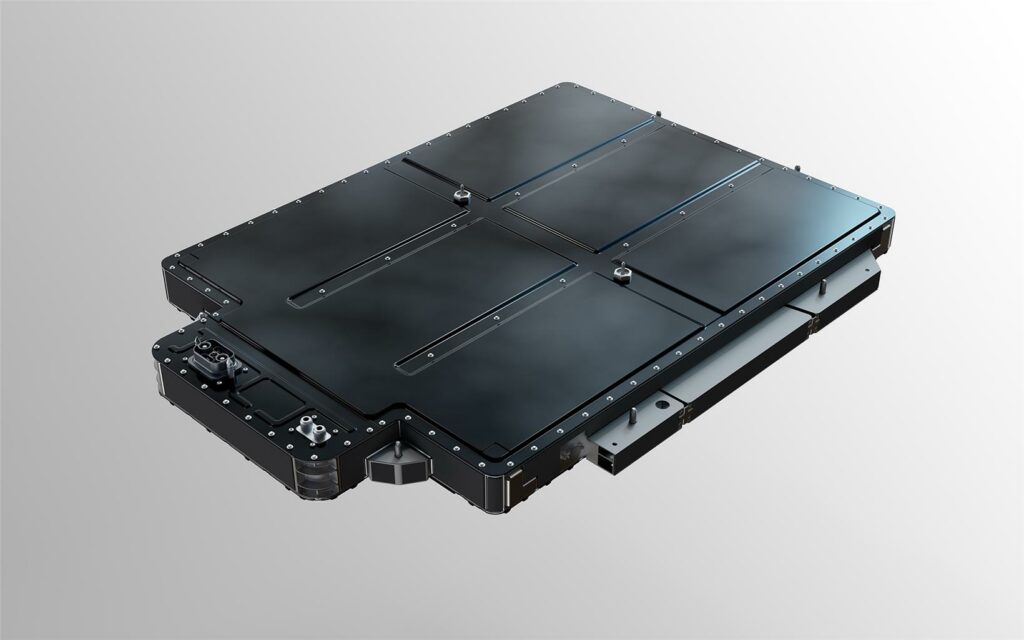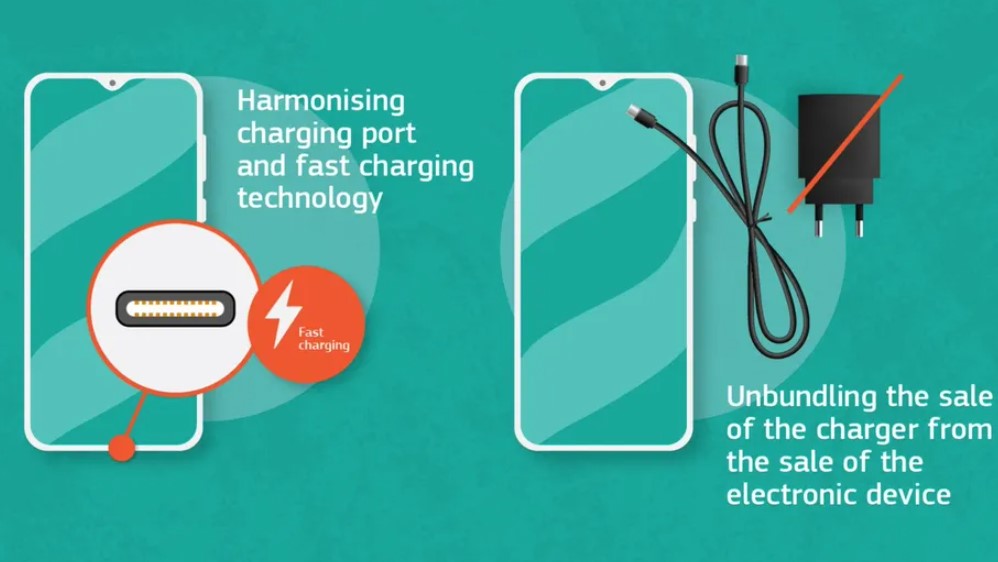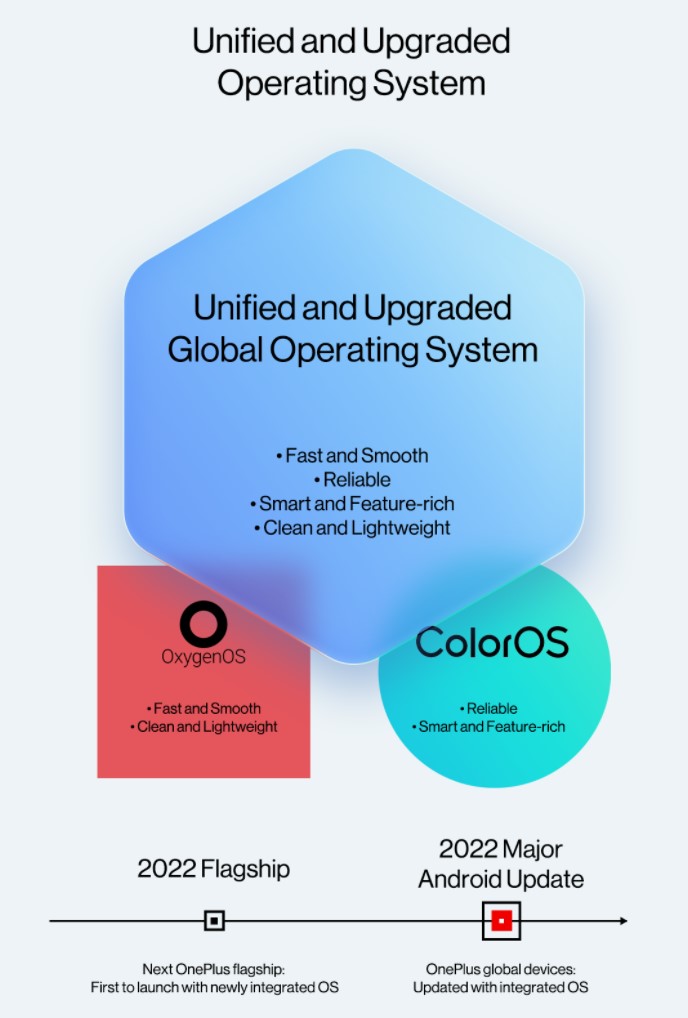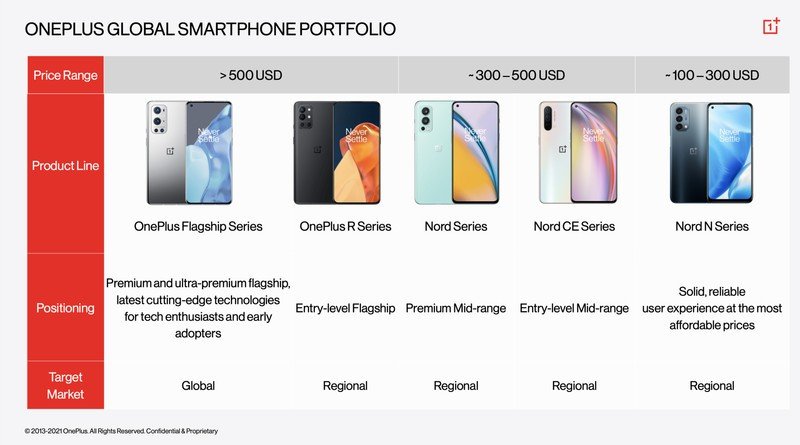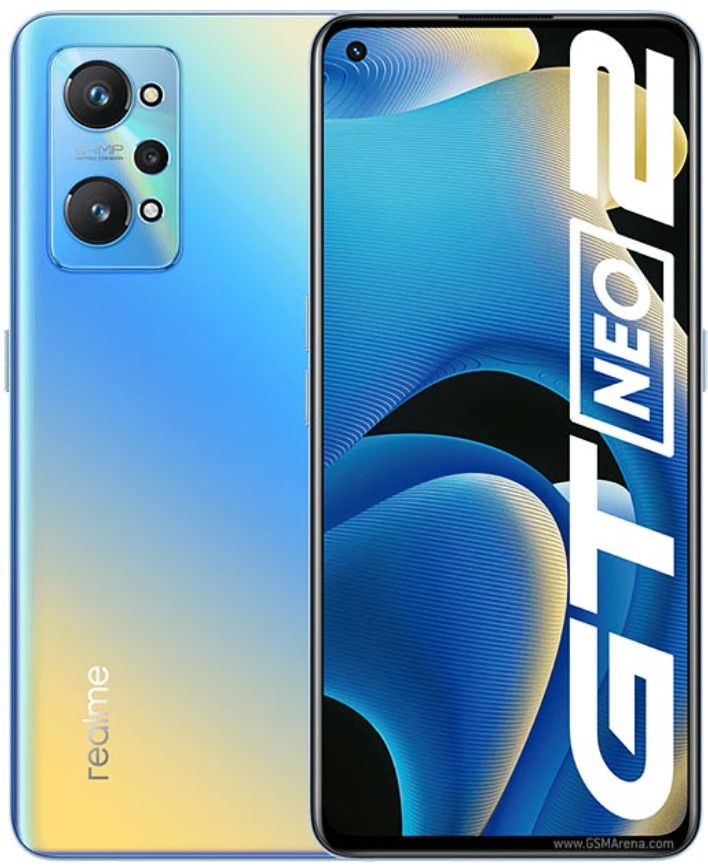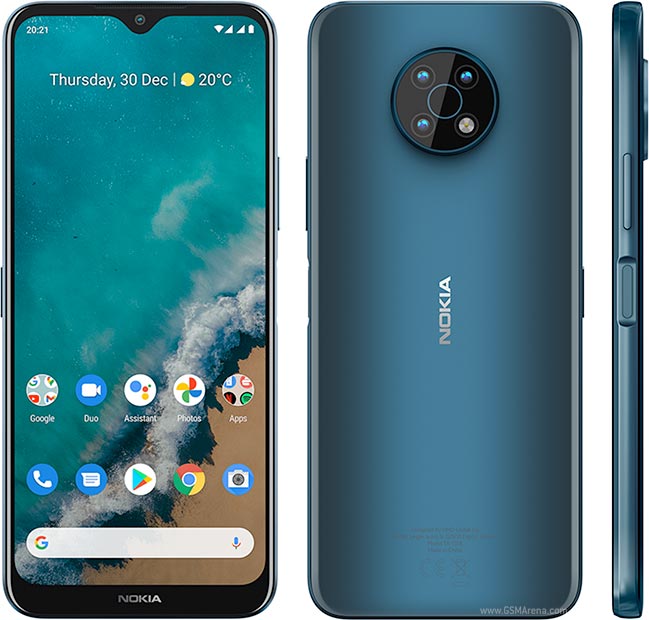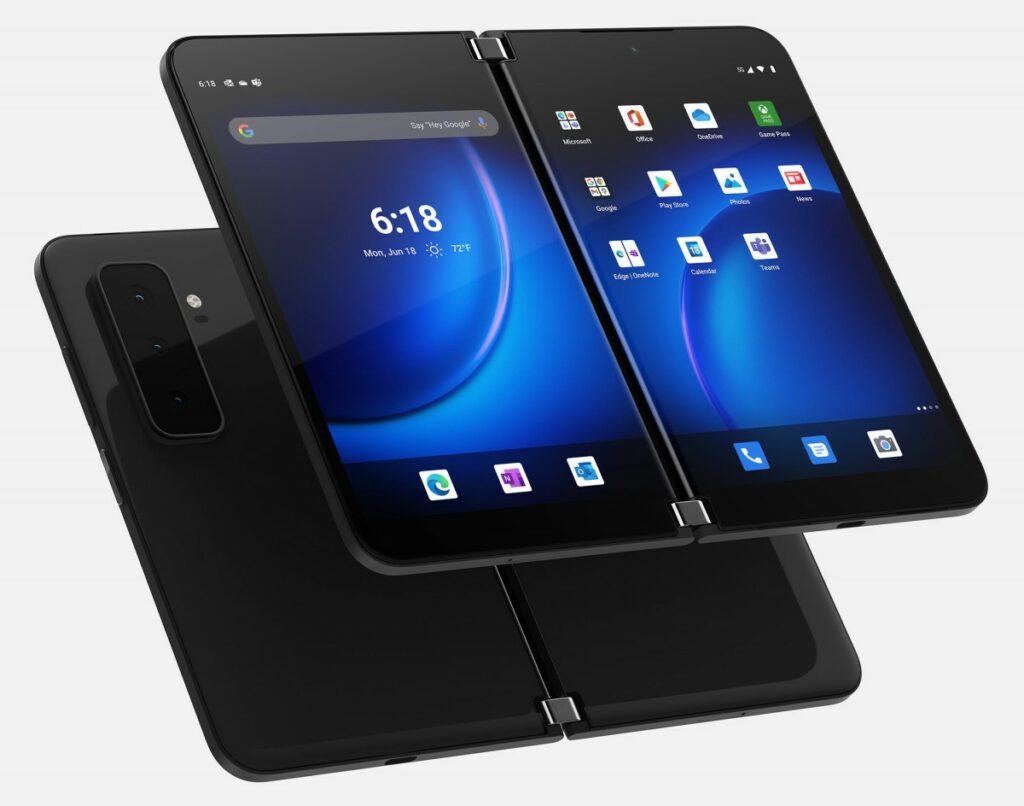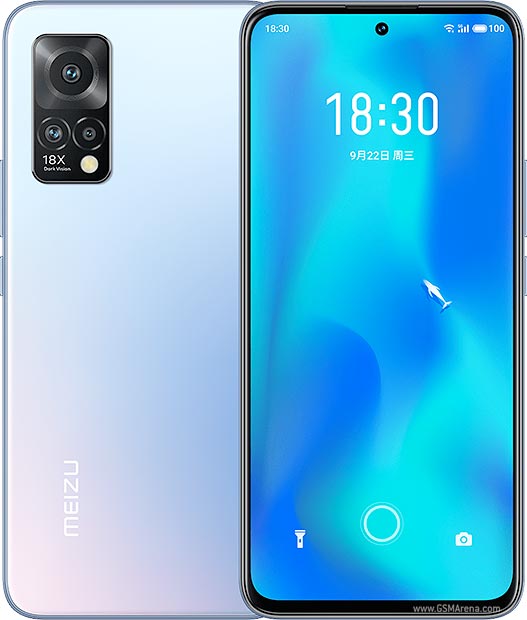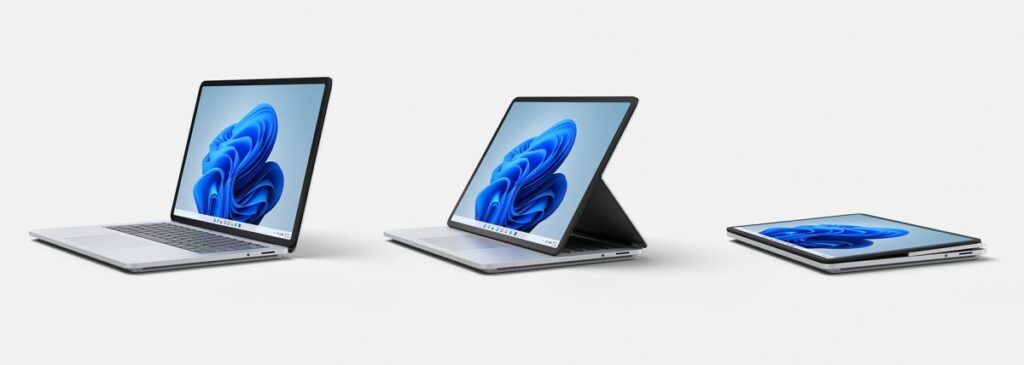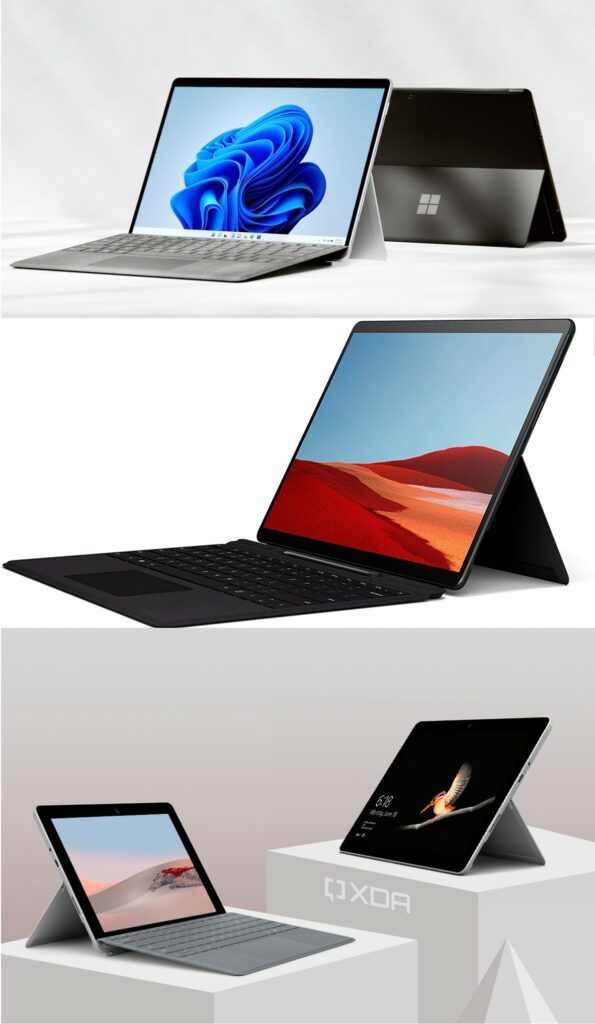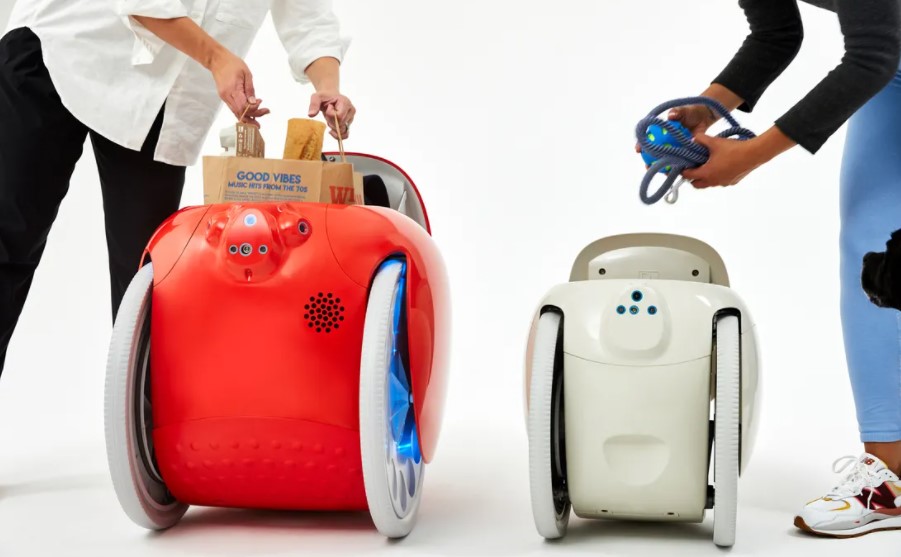
9-23 #Home : Samsung is to manufacture Tesla’s next-gen HW4.0 self-driving chip; Olympus has confirmed that Samsung is not partnering with the company; Key security agencies in the United States are divided over whether to place Honor on the Commerce Department’s entity list; etc.
IDC expects the semiconductor market to grow by 17.3% in 2021 versus 10.8% in 2020. According to IDC, the industry will see normalization and balance by the middle of 2022, with a potential for overcapacity in 2023 as larger scale capacity expansions begin to come online towards the end of 2022. IDC reports that dedicated foundries have been allocated for the rest of the 2021, with capacity utilization at nearly 100%. Front-end capacity remains tight but fabless suppliers are getting the production they need from their foundry partner. (IDC, The Register, PC Gamer)
General Motors (GM) president Mark Reuss has said the global supply of semiconductor chips will begin to stabilize but at lower levels than the auto industry wants as it tries to rebuild vehicle inventories. The global chip shortage has caused GM and automakers globally to idle production at plants, with some executives warning the issue could linger into 2023. (CN Beta, Auto News, Reuters)
Chip lead times, the gap between ordering a semiconductor and taking delivery, increased by 6 days to about 21 weeks in Aug 2021 from the previous month, according to Susquehanna Financial Group. That gap was already the longest wait time since the firm began tracking the data in 2017. AlixPartners, a global consulting firm, estimated the global automotive industry will lose about USD110B in sales. (CN Beta, Bloomberg)
Demand is booming for silicon chips, which are embedded in everything from smartphones and televisions to wind turbines, but it comes at a big cost: a huge carbon footprint. Decarbonizing the industry will be a big challenge. The Chips for America Act proposes USD52B in funding over five years for the US semiconductor industry. The EU has forwarded its own legislation aimed at increasing its share of the global chips market to 20% by 2030. (The Guardian, SlashDot, Apple Insider, CN Beta)
The European Processor Initiative (EPI), a project with 28 partners from 10 European countries, with the goal of making EU achieve independence in HPC chip technologies and HPC infrastructure, is proud to announce that EPAC 1.0 RISC-V Test Chip samples were delivered to EPI and initial tests of their operation were successful. Designed to prove the processor’s design, the 22nm test chips – fabbed at GlobalFoundries. The next generation of EPAC would be manufactured by 12nm process. (CN Beta, Tech Powerup, The Register)
Samsung is to manufacture Tesla’s next-gen HW4.0 self-driving chip at its facility in Hwaseong using a 7nm process starting 4Q21. In theory, the company could’ve used its latest 5nm process instead of 7nm, but the latter is proven to deliver an improved yield ratio. (CN Beta, SamMobile, Twitter, Hankyung)
Google appears to be internally testing a second foldable Pixel smartphone, codenamed “Jumbojack”. In development under the codename “Passport”, this device is reportedly slated in 4Q21. Google has used “Jumbojack” to test the addition of “posture” to Android APIs, with posture being hinge positions like “opened,” “closed,” “half-opened,” and “flipped.” Jumbojack may simply an internal testing device, however, Google also explicitly refers to it as a “Pixel”. (Gizmo China, The Verge, 9to5Google, Gizmo China)
Following the official signing of a cooperation agreement between TCL CSOT and Xiaomi on 9 Aug 2021, to jointly build a joint laboratory, it is reported that the laboratory unveiling ceremony will be held in Wuhan on 29 Sept 2021. It is understood that the joint laboratory will carry out pre-research cooperation on semiconductor display technology and share technological achievements. (My Drivers, Sina, IT Home)
TF Securities analyst Ming-Chi Kuo has shared some of his key hardware expectations for Apple’s “iPhone 14 Pro” models in 2022, including a hole-punch display and a 48MP Wide lens for the rear camera system. The hole-in-display design would result in the notch being removed, with Face ID sensors likely moved under the display. (MacRumors, TF Securities)
Olympus has confirmed that Samsung is not partnering with the company, at least not for the Galaxy S22 series. Olympus has not said whether such partnership was even on the table or not. Samsung and Olympus partnership has been rumored since Apr 2021. (Android Headlines, LetsGoDigital)
Honor has announced its self-developed integrated computing photography technology Honor Image Engine. With the engine, multi-dimensional and multi-modal information acquisition can be carried out, and based on Honor’s powerful AI computing photography algorithm to create an image experience beyond human eye perception. (Gizmo China, Sparrow News, Sohu, My Drivers)
TF Securities analyst Ming-Chi Kuo has Kuo said that while he previously predicted that Apple would launch its first iPhones with under-screen Touch ID in 2H22, he now expects the devices to be released in the 2H23 due to slower than expected progress with development. (TF Securities, CN Beta, MacRumors)
NIO has announced the launch of its 75kWh standard-range hybrid-cell battery. The newly-launched battery is a hybrid of ternary lithium and lithium iron phosphate (LFP) cells with the application of the new-generation cell-to-pack (CTP) technology. Moreover, the new-generation CTP technology helps simplify manufacturing and assembly by 10%, increase volume utilization by 5%, and raise energy density by 14% to 142Wh/kg. (CN Beta, Auto Home, My Drivers, Inside EVs, Auto News)
The European Commission has announced its latest push to adopt USB-C as the standard charging port across multiple digital devices. It cites consumer convenience and the reduction of e-waste as 2 motivating factors. (CN Beta, Android Authority, Europa)
OnePlus CEO Pete Lau has said that OnePlus’ next flagship phone, slated for early 2022 and likely called the OnePlus 10, will have a newly integrated OS between OnePlus’ OxygenOS and OPPO’s ColorOS, and that throughout 2022 OnePlus will update a subset of its existing phones to that new, as-yet-unnamed software. For higher-end phones, OnePlus will launch new flagship series phones globally, with a new R series phones (regional only). OnePlus would forgo a T-series phone in late 2021. Mid-range phones regionally launched will include the Nord and Nord CE series. The Nord N series will remain the only budget series sold in North America. Jitesh Urbani, IDC’s research manager, says that Samsung’s global presence is more exhaustive and evenly spread, while OnePlus and OPPO tend to have more of a regional or country-specific presence. (Android Central, Digital Trends, Engadget, Gizmo China)
Key security agencies in the United States are divided over whether to place Huawei’s former smartphone company Honor on the Commerce Department’s entity list, which bars exports of U.S. technology to the sanctioned firm without a department license. Pentagon and Energy Department have supported placing the company on the blacklist, while their counterparts at the Commerce Department and State Department have opposed it. (Android Authority, Washington Post, DW News)
Lithuania’s Defense Ministry has recommended that consumers avoid buying Chinese mobile phones and advised people to throw away the ones they have now after a government report found the devices had built-in censorship capabilities. The government claims some Xiaomi smartphones could remotely detect and censor specific terms. The cybersecurity body has specifically looked at the Mi 10T, Huawei P40 and OnePlus 8T. (Reuters, Android Authority, Lithuania, CNN)
realme GT Neo2 is launched in China – 6.62” 1080×2400 FHD+ HiD AMOLED 120Hz, Qualcomm Snapdragon 870 5G, rear tri 64MP-8MP ultrawide-2MP macro + front 16MP, 8+128 / 8+256 / 12+256GB, Android 11.0, fingerprint on display, 5000mAh 65W, CNY2,499 (USD390) / CNY2,699 (USD420) / CNY2,999 (USD465). (GSM Arena, Gizmo China, realme, CN Beta)
Nokia G50 is launched in Europe – 6.82” 720×1600 HD+ v-notch, Qualcomm Snapdragon 480 5G, rear tri 48MP-5MP ultrawide-2MP depth + front 8MP, 4+64 / 6+128GB, Android 11.0, side fingerprint, 5000Ah 18W, from EUR270 (USD316). (GSM Arena, Android Central, Nokia)
Microsoft Surface Duo 2 is announced – 8.3” 2688×1892 AMOLED 90Hz (unfolded) / 5.8” 1892×1344 AMOLED 90Hz (folded), Qualcomm Snapdragon 888 5G, rear tri 12MP (1.4µm)-12MP telephoto-16MP ultrawide + front 12MP (1.0µm), 8+128 / 8+256 / 8+512GB, Android 11.0, side fingerprint, stereo speaker, 4449mAh fast charging, starts from USD1,500. (GSM Arena, Windows, Android Headlines, The Verge, Windows Central)
Meizu 18s and 18s Pro are announced in China, powered by Qualcomm Snapdragon 888+ 5G: 18s – 6.2” 1440×3200 QHD+ HiD Super AMOLED 120Hz, rear tri 64MP OIS-8MP telephoto 3x optical zoom-16MP ultrawide + front 20MP, 8+128 / 8+256 / 12+256GB, Android 11.0, fingerprint on display, stereo speakers, 4000mAh 36W, CNY3,700 (USD570) / CNY4,000 (USD619) / CNY4,300 (USD665). 18s Pro – 6.7” 1440×3200 QHD+ HiD Super AMOLED 120Hz, rear quad 50MP (1.2µm) OIS-8MP telephoto 3x optical zoom-32MP ultrawide-0.3MP 3D ToF + front 44MP, 8+128 / 8+256 / 12+256GB, fingerprint on display, stereo speakers, 4500mAh 40W, 40W fast wireless charging, 10W reverse wireless charging, CNY4,600 (USD710) / CNY5,000 (USD774) / CNY5,400 (USD836). (CN Beta, GSM Arena, CN Beta, My Drivers, Meizu, Meizu)
Meizu 18X is announced in China – 6.67” 1080×2400 FHD+ HiD OLED 120Hz, Qualcomm Snapdragon 870 5G, rear tri 64MP-8MP ultrawide-2MP depth + front 13MP, 8+128 / 8+256 / 12+256GB, Android 11.0, fingerprint on display, 4300mAh 30W, 30W fast charging, CNY2,600 (USD400) / CNY2,800 (USD433) / CNY3,000 (USD464). (GSM Arena, GizChina)
Microsoft Surface Laptop Studio is announced with display that can be folded into 2 modes, laptop, stage, and studio – 14.4” 2400×1600 PixelSense touch display 120Hz Dolby Vision, Intel 11th Gen Core i5-113300H / i7-11370H, front facing 1080p camera, 16 / 32GB RAM, up to 2TB storage, Windows 11, 4x Omnisonic speakers Dolby Atmos, supports Surface Slim Pen 2 and Signature Keyboard, starts from USD1,600. (Liliputing, GSM Arena, CN Beta, Microsoft, Windows Central)
Microsoft reveals Surface Pro 8, Surface Pro X and Surface Go 3: Pro 8 – 13” 2880×1920 PixelSense Flow multi-touch display 120Hz, Intel 11th-Gen Core i5-1135G7 / i7-1185G7 Evo, rear 10MP AF 1080p HD + front 5MP 1080p FHD video camera, 8 / 16 / 32GB RAM, up to 1TB SSD, Windows 11, 2W stereo speakers with Dolby Atmos, Windows Hello facial recognition, up to 16 hours battery life, starts from USD1,100. Pro X – 13” 2880×1920 PixelSense Flow multi-touch display 120Hz, Microsoft SQ1 / SQ2, rear 10MP + front 5MP, 8 / 16GB RAM, 128 / 256 / 512GB SSD, Windows 11, 2W stereo speakers with Dolby Audio, Windows Hello facial recognition, up to 15 hours battery life, starts from USD899. Go 3 – 10.5” 1920×1280 PixelSense multi-touch display, Intel Pentium Gold 6500Y / Intel Core i3-10100Y, rear 8MP AF + front 5MP with 1080p HD video, 4 / 8GB RAM, 64GB eMMC / 128GB SSD, Windows 11 Home, 2W stereo speakers with Dolby Audio, up to 11 hours battery life, start from USD400. (My Drivers, Pocket-Lint, Liliputing, Tom’s Guide, Microsoft, Microsoft)
The German eVTOL developer Volocopter and Aerofugia, a subsidiary of China’s Geely Technology Group, have finalized a joint venture company to launch urban air mobility (UAM) operations in China within the next 3-5 years. Operating under Volocopter (Chengdu) Technology), the JV has signed an agreement to purchase 150 Volocopter aircraft. (CN Beta, Electrive, Reuters, Volocopter, EVTOL)
LG has announced that it is acquiring Cybellum, an Israeli automotive cybersecurity specialist that detects and assesses vulnerabilities in connected vehicle services and hardware by way of a “digital twin” approach. Initially, it is taking a 64% stake in Cybellum for USD140M, and it will contribute a further USD20M in the form of a simple agreement for future equity (SAFE) note, “upon conclusion of the trading process 4Q21”. (TechCrunch, ZDNet, Globes)
Piaggio Fast Forward, a subsidiary of storied Italian automotive firm Piaggio, has launched its second robot, a compact version of its cargo-carrying bot Gita named Gitamini. The robot consists of two large wheels, a central trunk, and a machine vision system that it uses to identify and follow its owner. Gitamini weighs 28 pounds and can carry up to 20 pounds in its interior for 21 miles. (CN Beta, Gizmo China, The Verge)
The U.K. government has announced a national AI strategy — its first dedicated package aimed at boosting the country’s capabilities in and around machine learning technologies over the longer term. It says it hopes the strategy will lead to an increase in the number and types of AIs being developed and commercialized in the U.K. over the next 10 years. For now the government highlights that a total of GBP13.5B have been invested in 1,400+ U.K. tech firms in Jan-Jun 2021, and flags a total government investment into AI of GBP2.3B+ since 2014. (TechCrunch, UK Gov)
Crypto exchange Coinbase has discontinued its plans to launch a Lend feature designed to let customers earn interest on certain coins. The company has announced the change, saying that it would also be discontinuing the waitlist that it had set up for the feature. According to Coinbase, the SEC threatened the company with a lawsuit if it launched the Lend feature. (The Verge, Bloomberg, Coinbase)


